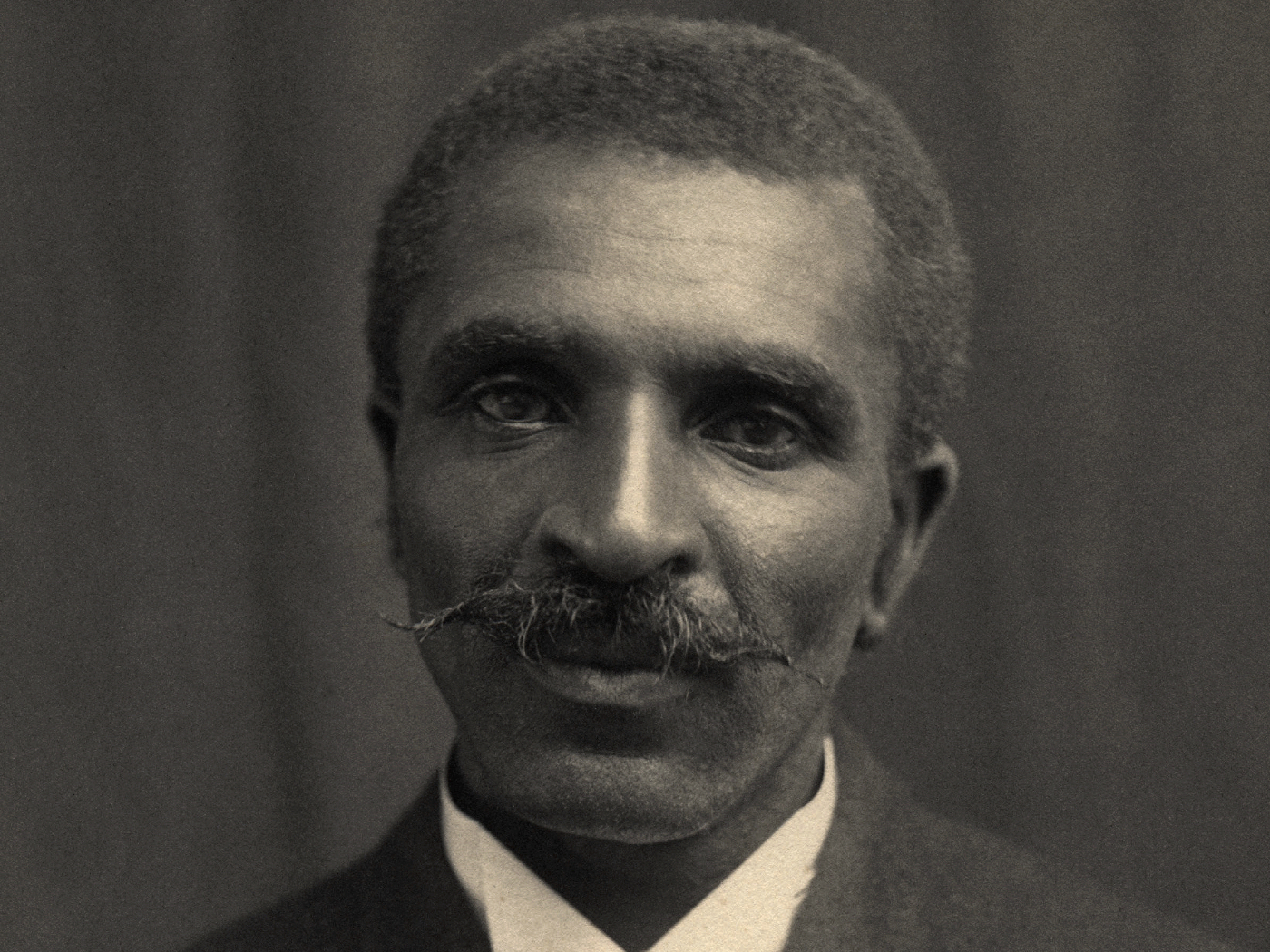A recent report serves to demonstrate a commonly observed pattern among evolutionary authors: circular reasoning. It turns out that the arguments used to support evolution rest upon the assumption of their own truthfulness.
On June 13, Physorg.com described recently published protein studies: “The chicken…antibody called IgY, looks remarkably similar to the human antibody IgE. IgE is known to be involved in allergic reactions and humans also have a counterpart antibody called IgG that helps to destroy invading viruses and bacteria. Scientists know that both IgE and IgG were present in mammals around 160 million years ago because the corresponding genes are found in the recently published platypus genome. However, in chickens there is no equivalent to IgG and so IgY performs both functions.”1
Without describing antibodies and the immune response, the Physorg report states that “scientists know” certain antibodies were present 160 million years ago. How do they know this? Their “knowledge” is based on the following:
|
Fact
|
IgE and IgG genes are in modern platypus DNA. |
|
Assumption
|
Platypus fossils are 160 million years old because they are found in rock layers that have been labeled that age. |
|
Assumption
|
Rock layers took millions of years to form.2 |
|
Assumption
|
The ancient platypus had the same antibody molecules as their living descendants. |
|
Assumption
|
All mammals 160 million years ago had antibodies that were very similar to their modern counterparts. |
|
Assumption
|
Allergic response in mammals evolved. |
Scientists only “know” that IgE and IgG were present in mammals 160 million years ago because they assume millions of years of evolution. They are using painfully circular reasoning.
The creation account in Genesis offers an explanation for the development of the immune system that is consistent with repeatable, observable science. Since animals were created as fully-formed, fully-functional life forms, chicken immune systems would have been specially set up on day 5 of creation week, then platypus immune systems on day 6. Like cytochrome c and a host of other proteins (enzymes), antibodies are found in a wide variety of creatures not because of an imaginary common ancestor—but because of an all-knowing Designer. Furthermore, as the creation model predicts, the immune system is observed as a fully-formed feature, not transitional.3 It functions just fine in each created kind whether that’s a platypus, chicken, or human.
References
- Ancient Antibody Molecule Offers Clues to How Humans Evolved Allergies. Physorg.com. Posted June 13, 2008, accessed June 16, 2008.
- Morris, H. 1977. Circular Reasoning in Evolutionary Biology. Acts & Facts. 6 (6).
- Sherwin, F. 2002. The Big Bang…in Immunology. Acts & Facts. 31 (4).
* Mr. Thomas is Science Writer.
Article posted on June 20, 2008.












